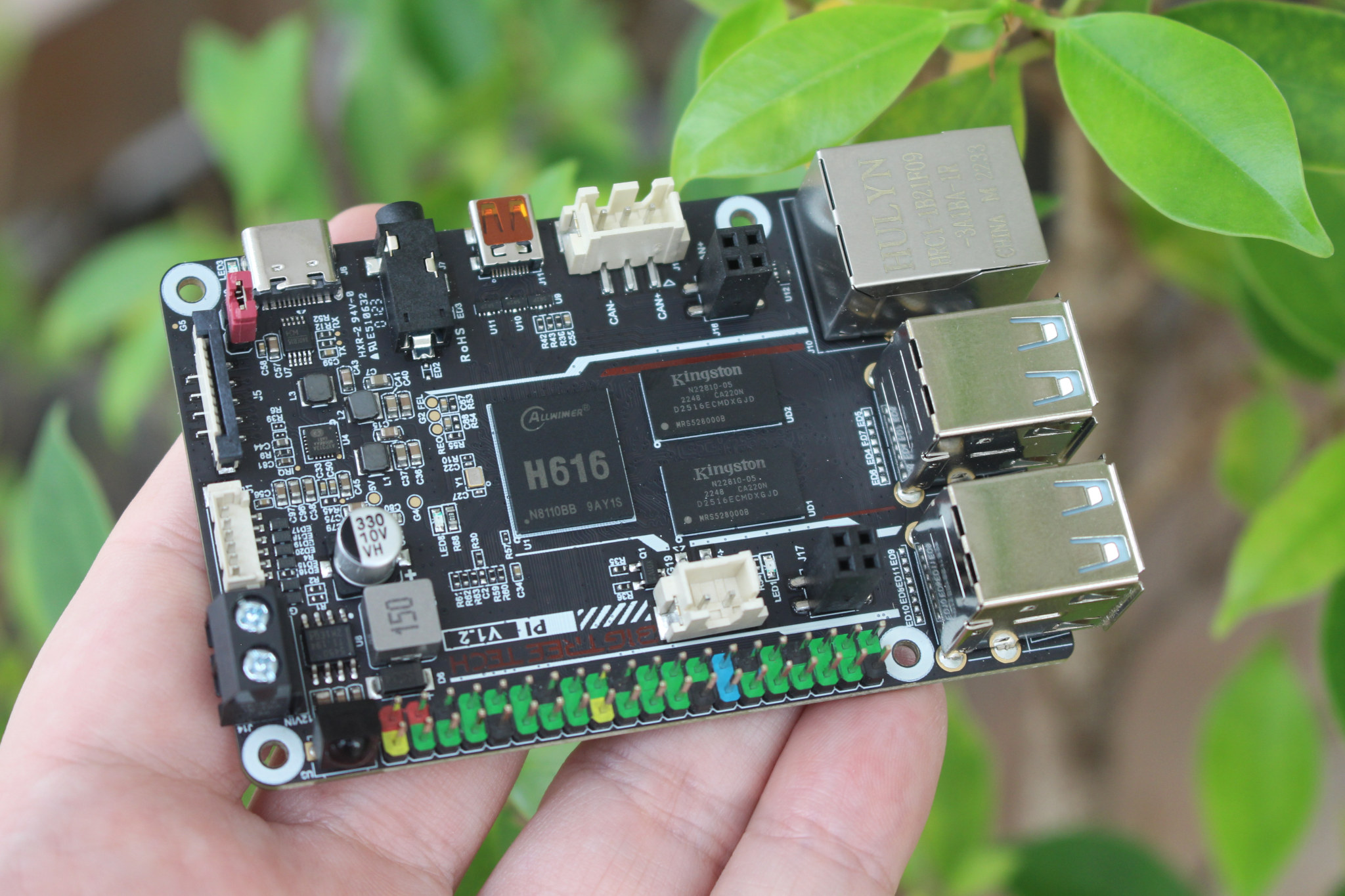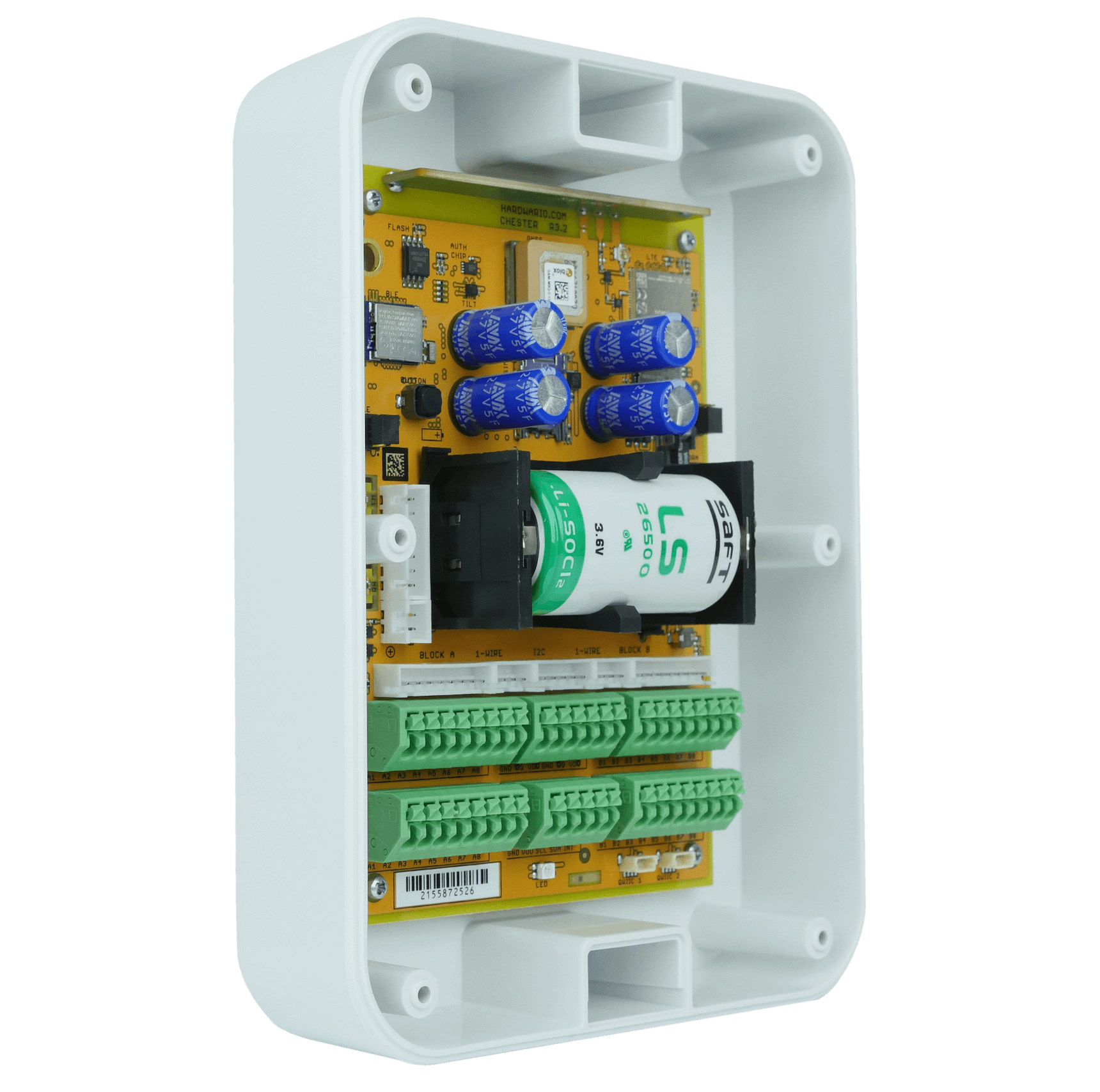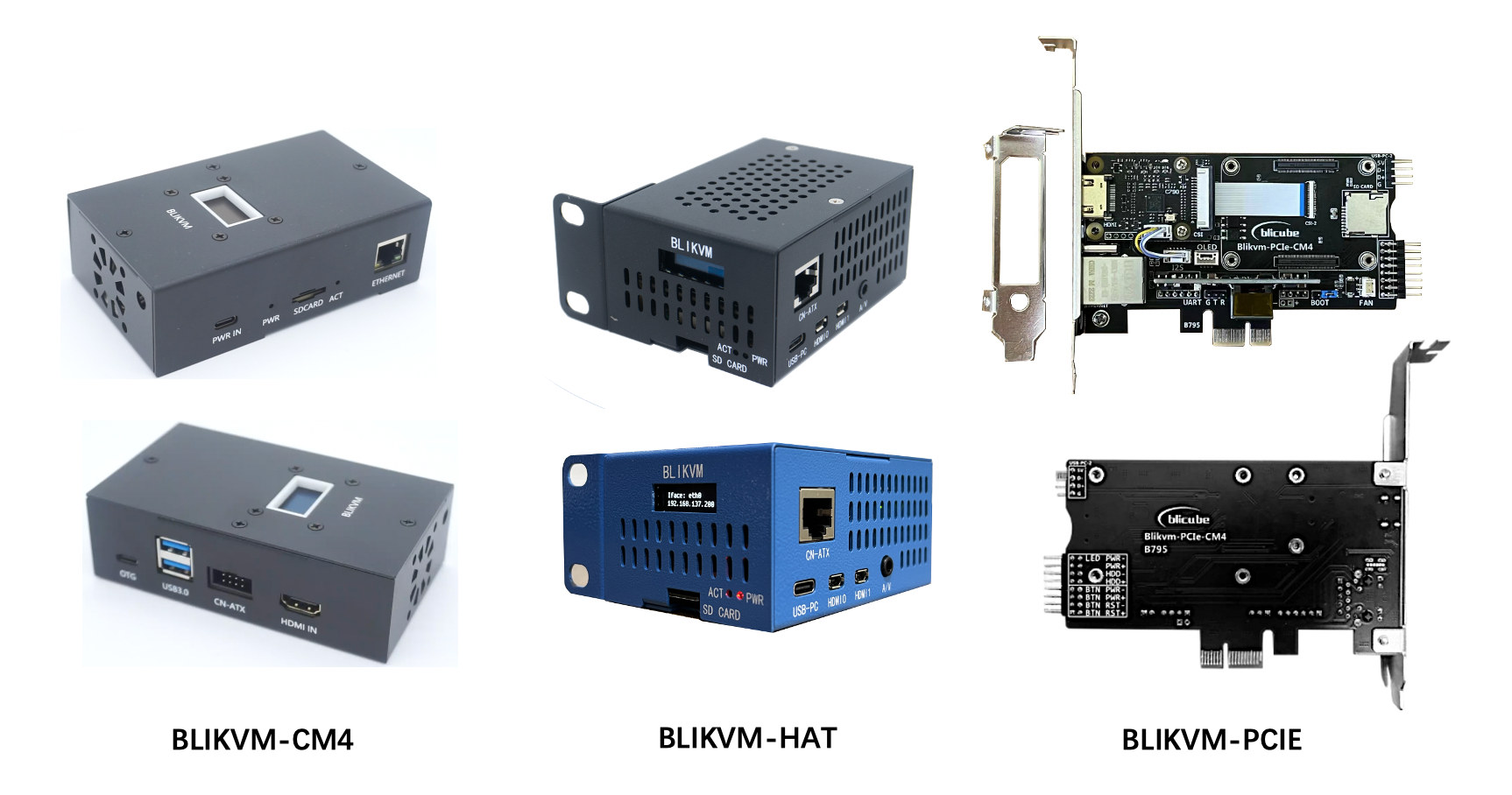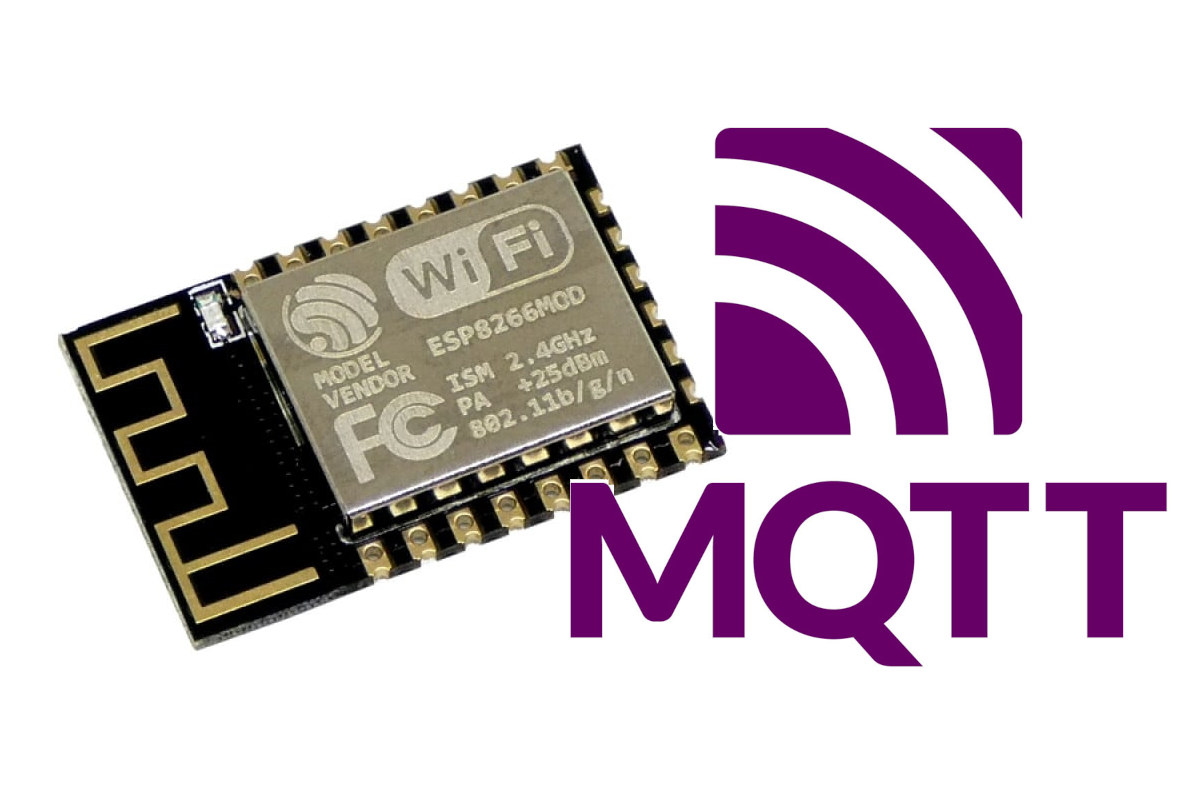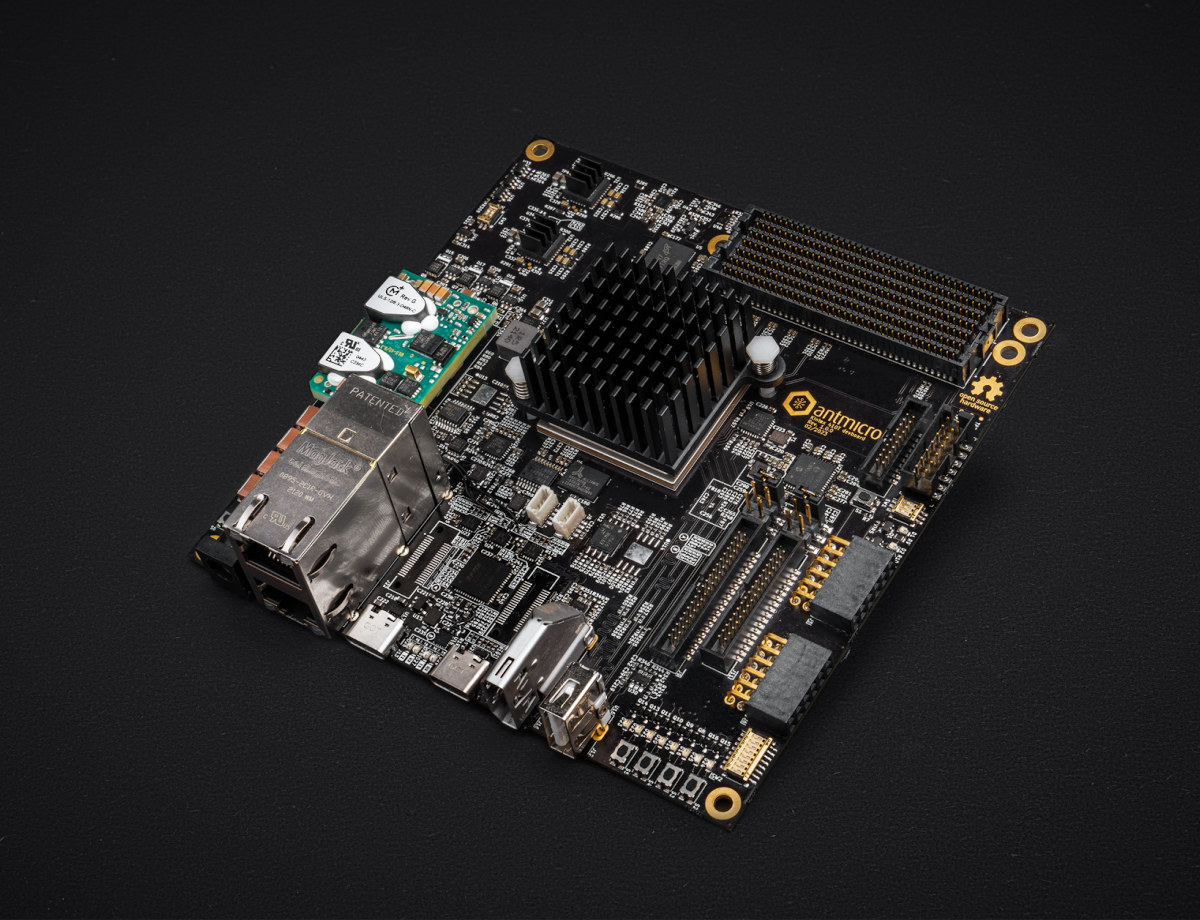BIGTREETECH Pi v1.2, also known as the BBT Pi v1.2, is a Raspberry Pi-sized Allwinner H616 single board computer (SBC) specially designed for 3D printers with many of the same ports as the Raspberry Pi 3/4, but also features 12V-24V DC power input and connectors for the ADXL345 3-axis accelerometer, CAN Bus, and so on. The board is equipped with 1GB RAM, a microSD card slot to run the operating system (Debian 11 with Klipper), a 4K capable micro HDMI port, Fast Ethernet and WiFi 4 networking, four USB ports, and the usual 40-pin Raspberry Pi header. BTT Pi specifications: SoC – Allwinner H616 quad-core Arm Cortex-A53 @ 1.5GHz with Arm Mali G31 MP2 with support for OpenGL ES 3.2 System Memory – 1GB DDR3L SDRAM Storage – MicroSD card slot Video Output Micro HDMI 2.0a port up to 4Kp60 resolution SPI port for display Audio – 3.5mm audio jack […]
Use Kea DHCP server as ISC DHCP server (dhcpd) is being phased out
The ISC DHCP server (dhcpd) was traditionally used to set up a DHCP server in Linux, but the software is reaching end-of-life, and the Internet Systems Consortium is now recommending their own Kea DHCP server or alternatives such as Dnsmasq or udhcpd (as found in Busybox) as a replacement. I was unaware of this having just used the isc-dhcp-server package to set up a DHCP server in NanoPi R6C router/mini PC earlier this month. But a blog post on Ubuntu informed us dhcpd was going away, and Canonical plans to switch over the Kea DHCP server instead. The main difference from the user perspective is that Kea relies on JSON configuration files so all your dhcpd files will have to be rewritten. Other highlights for the Kea DHCP server include: Modular component design, extensible with hooks modules. Kea includes daemons for a DHCPv4 server, a DHCPv6 server, and a dynamic […]
HARDWARIO CHESTER – A configurable Zephyr OS LPWAN IoT gateway with LoRaWAN, LTE IoT, GNSS connectivity
HARDWARIO CHESTER platform is a configurable LPWAN IoT gateway whose main function is to connect as many devices and environments as possible to the Internet using connectivity such as LoRaWAN, LTE Cat M1, or NB-IoT, as well as GNSS for geolocation. Contrary to most IoT gateways, it does not run Linux on an application processor, and instead, the “brain” of the CHESTER IoT gateway is a Raytac Bluetooth 5.0 module based on a Nordic Semi nRF52840 Arm Cortex-M4 microcontroller running Zephyr real-time operating system, which connects to LTE IoT modem and a LoRaWAN module through UART, and expansion modules through I2C, 1-wire, and GPIO interfaces. HARDWARIO CHESTER specifications: Wireless modules/chips Raytac MDBT50Q-P1MV2 Bluetooth 5.0 module based on Nordic Semi nRF52840 Arm Cortex-M4F MCU with 1MB Flash memory, 256kB RAM Nordic Semi nRF9160-SICA-B1A-R7 LTE-M/NB-IoT system-in-package (SiP) with Arm Cortex-M33 MCU, 1024 KB flash, 256 KB SRAM Murata CMWX1ZZABZ-078 LoRa module as […]
EVerest is an open-source software stack for car charging stations
EVerest is a software project initiated by PIONIX GmbH, but now part of the Linux Foundation’s LFEnergy initiative, whose primary goal is to develop and maintain an open-source software stack for EV charging infrastructure. EVerest supports multiple standards and it will run on any device from AC home chargers to public DC charging stations. I noticed the EVerest project in an upcoming talk at the Embedded Open Source Summit 2023 entitled ” EVerest: Electric Vehicle Chargers With Open Hardware and Software” and whose abstract reads in part: You will learn how to build your own electric vehicle charger using open hardware designs in combination with the EVerest open-source software stack for EV charging infrastructure. Following a quick introduction to EV charging technology, with explanations of the standards, protocols, and complexities involved, the talk will go into a deep dive into how you can build your own AC charging station. Reference […]
BLIKVM open-source KVM over IP works with Raspberry Pi CM4, Raspberry Pi HAT, PCIe card, and soon Allwinner H616
BLIKVM is an open-source KVM over IP software that helps you manage servers or workstations remotely regardless of the health of the target system, and currently working with Raspberry Pi CM4 hardware, a Raspberry Pi HAT, or a PCIe board, and a new model based on MangoPi’s Allwinner H616 CPU module is coming soon. We’ve previously written about the Raspberry Pi-based PiKVM DIY project, followed by the PiKVM v3 Raspberry Pi HAT from the same project, and now I can see there’s a CM4-based PiKVM V4 that was on Kickstarter last month and raised over $800,000… You’d think this kind of system would be rather a niche market, but there’s even demand to have a similar open-source project called BLIKVM offering many of the same features since it’s based on PiKVM, except for the option to use a PCIE card fitted with a CM4 module. Highlights of the BLIKVM project: […]
PicoMQTT – An MQTT Client/Broker library for ESP8266 and ESP32
PicoMQTT is a lightweight MQTT library for Arduino/PlatformIO optimized for ESP8266 and ESP32. It not only supports the MQTT Client mode like most existing solutions but also the MQTT Broker mode which transforms an ESP8266 or ESP32 board into an MQTT gateway replacing a Raspberry Pi board or an IoT gateway typically used for this task.
The library follows MQTT 3.1.1 specification, supports the publishing and consuming of arbitrary-sized messages, can deliver thousands of messages per second, and supports easy integration with the ArduinoJson library to publish and consume JSON messages.
Antmicro releases open hardware AMD Kintex-7 K410T development board, launches open hardware portal
Antmicro has designed an open hardware AMD Xilinx Kintex-7 K410T FPGA development board in KiCad 6 mostly to synthesize custom RISC-V-based processing platforms and work on the OpenTitan Root of Trust project. Separately, the company has also launched an open hardware portal sharing some of the KiCad and Blender designs they’ve worked on over the years. Open-source hardware AMD Xilinx Kintex-7 K410T development board Key features and specifications: FPGA – AMD-Xilinx Kintex-7 K410T FPGA with 400K logic cells, 16 Gigabit transceivers operating at 12.5Gb/s. System Memory – 512MB of DDR3L memory, 8MB of SRAM memory Storage – 32MB (256Mbit) of (Q)SPI NOR flash, assembly option for 2x QSPI flash, microSD card slot Video Output – HDMI port Networking – 1x Gigabit Ethernet RJ45 port, 1x 10/100M Ethernet port USB USB 2.0 Type-A host connector USB Type-C connector for FTDI JTAG and debug Expansions 2x PMOD connectors FMC+ connector with PCIe […]
AMD Alveo MA35D media accelerator transcodes up to 32 1080p60 AV1 streams in real-time
AMD Alveo MA35D media accelerator PCIe card is based on a 5nm ASIC capable of transcoding up to 32 Full HD (1080p60) AV1 streams in real-time and designed for low-latency, high-volume interactive streaming applications such as watch parties, live shopping, online auctions, and social streaming. AMD says the Alveo MA35D utilizes a purpose-built VPU to accelerate the entire video pipeline, and the ASIC can also handle up to 8x 4Kp60, or 4x 8Kp30 AV1 streams per card. H.264 and H.265 codecs are also supported, and the company claims its “next-generation AV1 transcoder engines” deliver up to a 52% reduction in bitrate at the same video quality against “an open source x264 veryfast SW model”. AMD Alveo MA350 highlights: Auxiliary CPU – 2x 64-bit quad-core RISC-V to perform control and board management tasks AI Processor – 22 TOPS per card for AI-enabled “smart streaming” for video quality optimization Memory – 16GB […]


